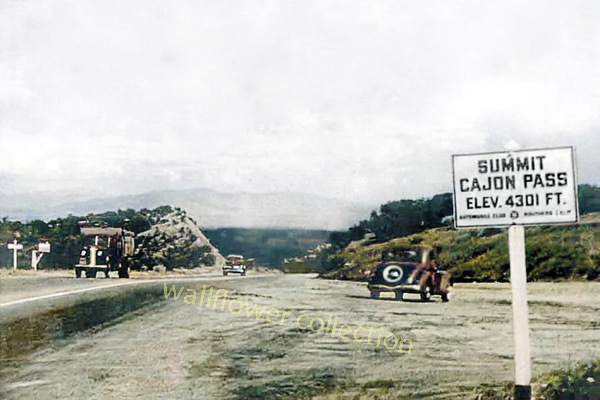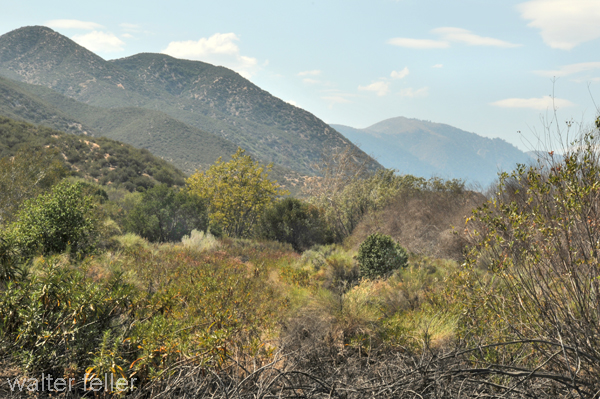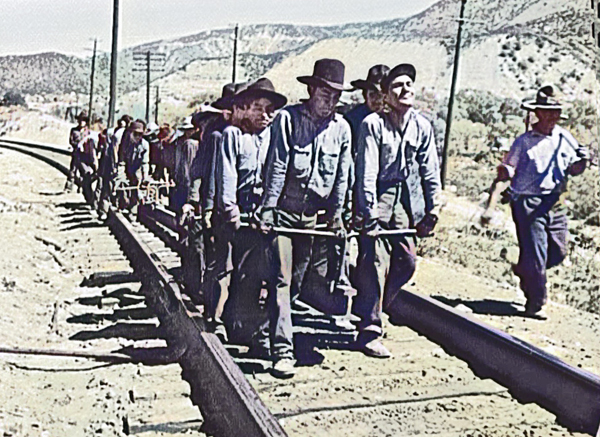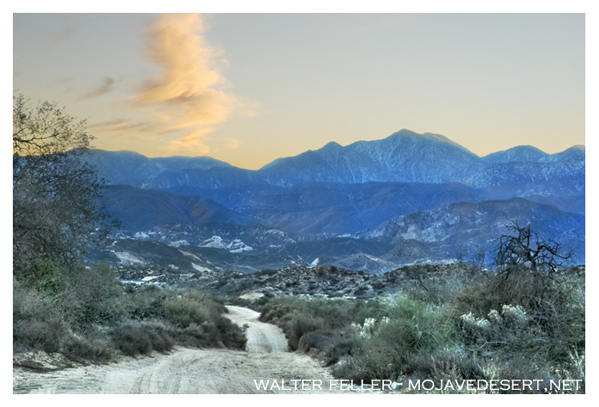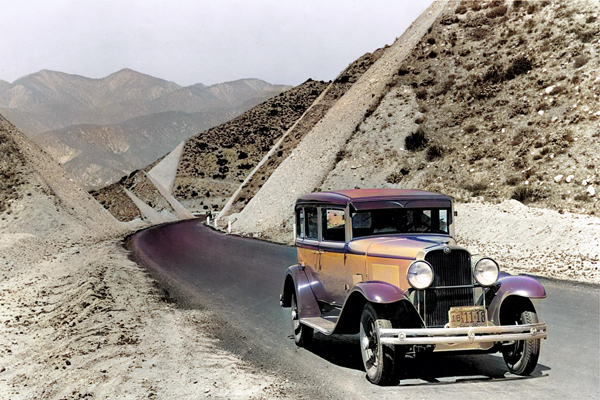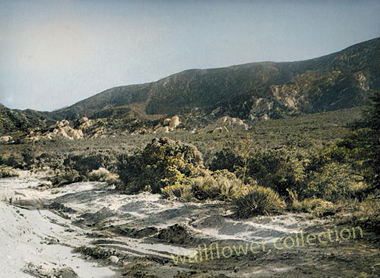/tonopah-nv/
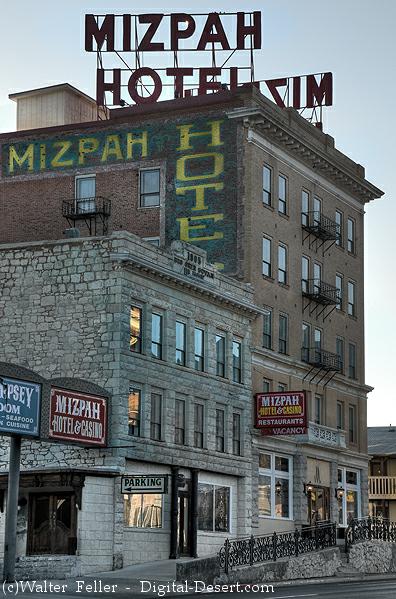
The Mizpah Hotel is a historic hotel located in Tonopah, Nevada. Tonopah is a small town in Nye County, known for its mining history and connection to the silver and gold rushes of the early 20th century.
The Mizpah Hotel was built in 1907 and has a rich history associated with the mining boom in the area. It was a luxurious and modern hotel in its time, catering to the needs of the influx of miners and prospectors drawn to Tonopah’s mining activities.
One of the notable features of the Mizpah Hotel is the “Lady in Red” legend. Legend has it that a woman named Rose, a prostitute who was allegedly murdered in the hotel, haunts Room 502. Some guests have reported paranormal experiences and sightings related to this legend, making the Mizpah Hotel known for its supposed ghostly occurrences.
The hotel underwent restoration efforts and reopened in 2011, retaining its historic charm while offering modern amenities. It has become a popular destination for tourists interested in the history of the area and those intrigued by its reputed haunted reputation.
Tonopah itself is an interesting town to explore, with several historic sites, including the Central Nevada Museum and the Tonopah Historic Mining Park, which provides insights into the region’s mining heritage.

